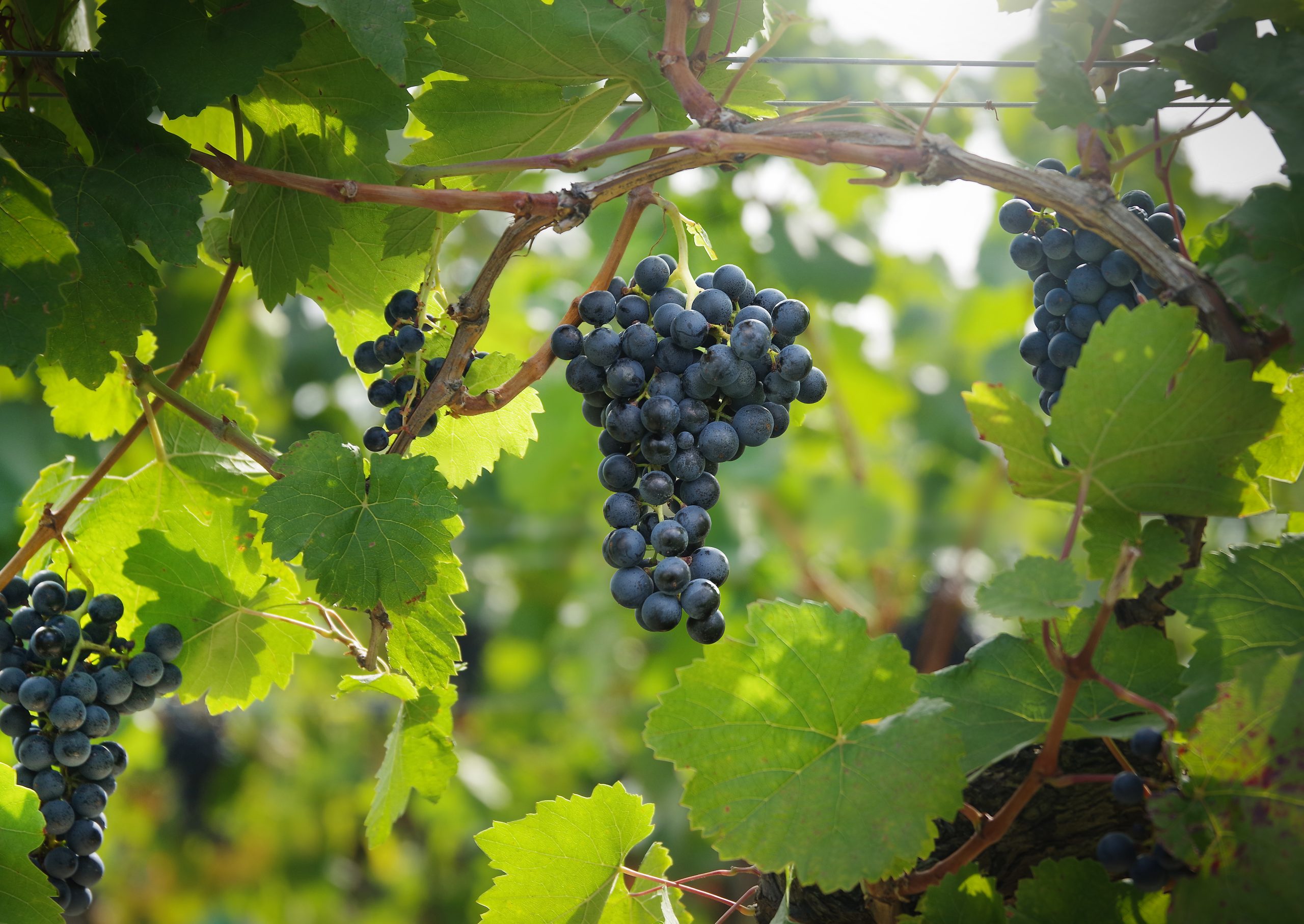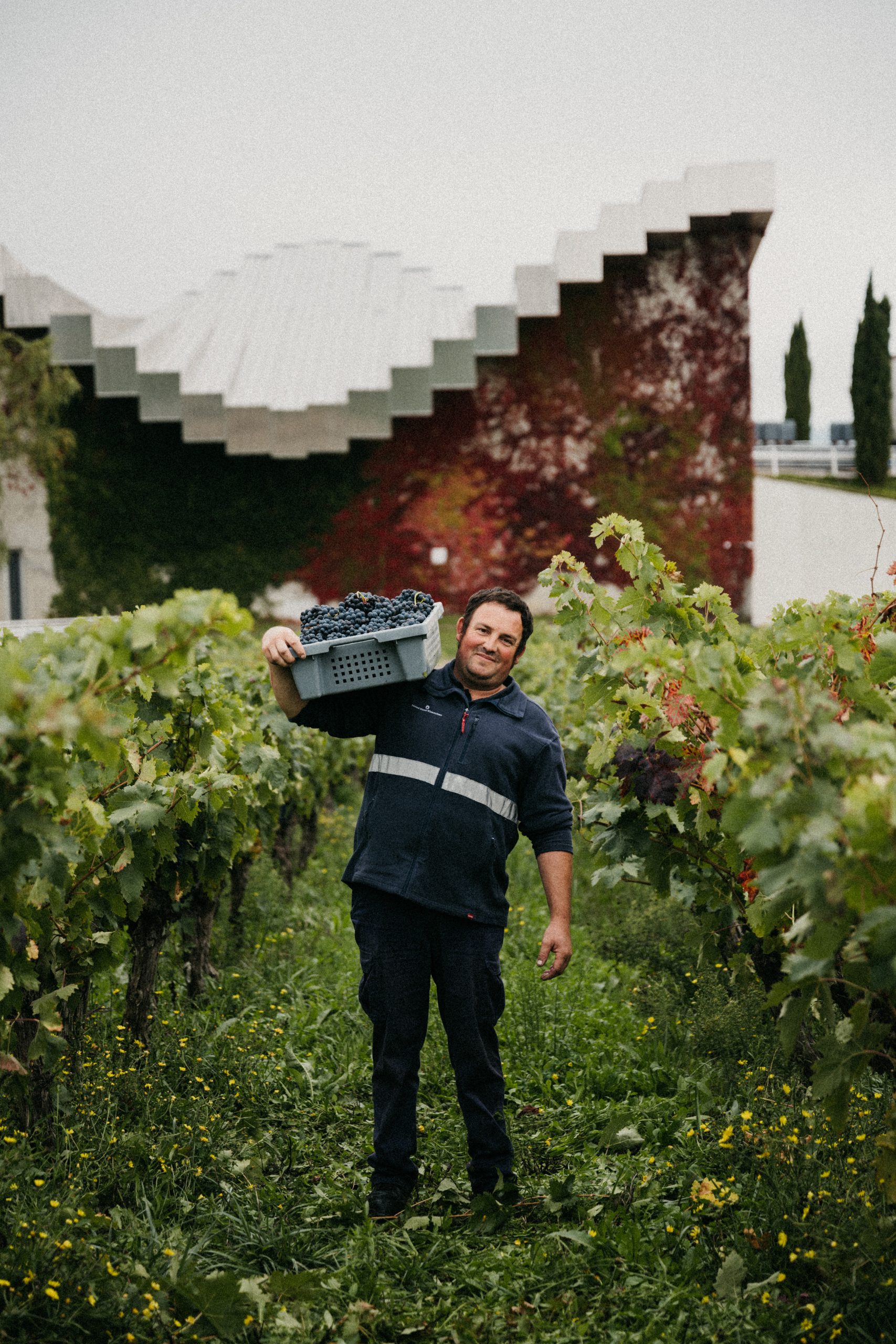Jacob’s Creek widens sourcing after Adelaide Hills Chardonnay shortage
Jacob’s Creek has broadened grape sourcing for its Jacob’s Creek Reserve Chardonnay following the poor harvest in Adelaide Hills this year, its chief winemaker told db.
Chief winemaker Daniel Swincer said that the company had decided to broaden sourcing in order to satisfy global demand of its popular wine.
“Yields for our Jacob’s Creek Reserve Adelaide Hills Chardonnay have been smaller than previous years and we have made the decision to source from a wider base of regions in order to meet the global demand for this popular wine and ensure that the quality and style expected by our consumers is maintained,” Swincer said.
“By broadening opening grape sources for Jacob’s Creek Reserve, our winemakers can readily source the same and in some cases higher quality level grapes with sufficiently high flavour intensity to suit this popular wine globally.”
It comes after Wine Australia reported that yields of Chardonnay had fallen to their lowest levels in five years, down 12% (47,975 tonnes) to its lowest crush in five years at 356,250 tonnes. Chardonnay makes up 45% of the white crush, down 2 percentage points since 2017, or around 22% of the total harvest, the National Vintage Report said.
Partner Content
The largest decreases in the variety were seen in Eden Valley and the Adelaide Hills, where the Chardonnay crush fell by around 50%, but Murray Darling-Swan Hill saw Chardonnay yields fall 17% (19,422 tonnes) which the report said partly reflected changes in plantings irrigation strategies in addition to the seasonal conditions.
There were also “significant” losses recorded in all varieties across Barossa, Adelaide Hills and the Clare Valley, despite early predictions that the 2019 Australian wine harvest would be 10-20% lower than last year proving to be unfounded.
For the full interview with Swincer, see here.




